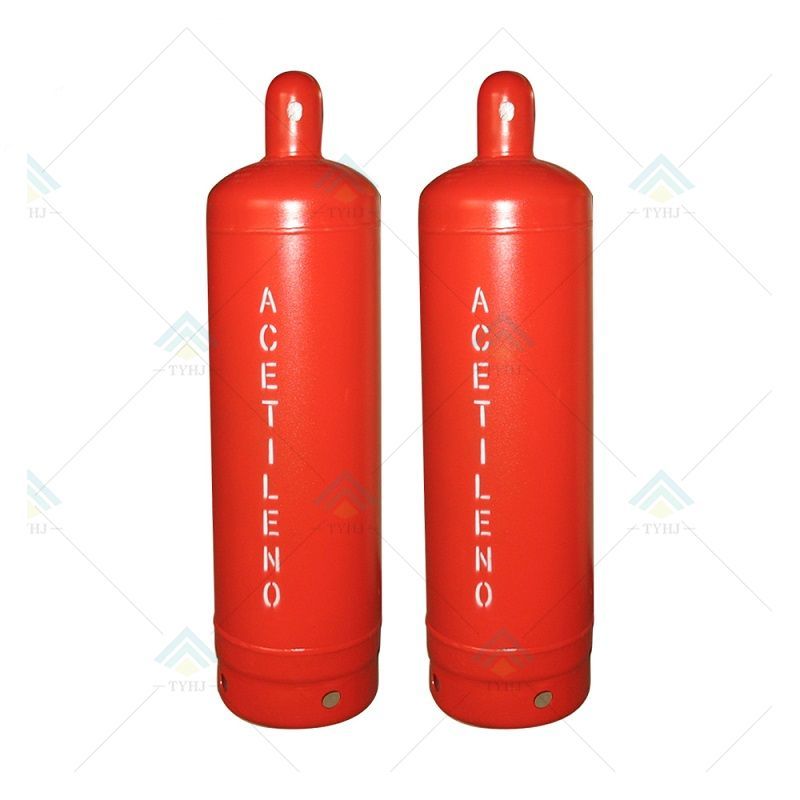Acetylene Industrial Gas: Revolutionizing Manufacturing Processes
Acetylene industrial gas has become an integral component in various manufacturing processes, revolutionizing industries with its versatile applications and unique properties. From metal fabrication to chemical synthesis, acetylene plays a crucial role in modern industrial operations. In this article, we will delve into the origins, production methods, properties, applications, safety measures, environmental impact, and future trends of acetylene gas.

Acetylene, chemically represented as C2H2, is a colorless, highly flammable gas with a distinct odor. It is primarily used as a fuel and a chemical building block in various industrial processes. Its ability to produce high temperatures when burned with oxygen makes it an ideal choice for welding, cutting, and brazing applications.
History and Discovery
The discovery of acetylene dates back to the early 19th century when British chemist Edmund Davy first observed its formation during the reaction of potassium carbide with water. However, it was not until the late 19th century that French chemist Marcellin Berthelot successfully synthesized acetylene in a laboratory setting.
Production Methods
Calcium Carbide Method
The most common method of producing acetylene gas is through the reaction of calcium carbide with water. This process generates acetylene along with calcium hydroxide as a byproduct.
Thermal Cracking of Hydrocarbons
Another method involves the thermal cracking of hydrocarbons, such as methane or ethane, at high temperatures to yield acetylene gas.
Properties of Acetylene Gas
Chemical Properties
Acetylene is highly reactive and forms explosive mixtures with air when its concentration exceeds 2.5%. It undergoes various chemical reactions, including combustion, polymerization, and halogenation.
Physical Properties
Acetylene is lighter than air, making it potentially hazardous as it can accumulate in poorly ventilated areas. It has a high flame temperature of over 3300°C, making it suitable for cutting and welding applications.
Applications in Industries
Welding and Cutting
One of the primary applications of acetylene gas is in oxy-acetylene welding and cutting processes. The high temperature produced by the combustion of acetylene with oxygen allows for efficient metal joining and cutting.
Chemical Synthesis
Acetylene serves as a precursor in the synthesis of various organic compounds, including plastics, solvents, and pharmaceuticals. Its triple bond structure enables the formation of complex molecules through addition reactions.
Metal Fabrication
In metal fabrication industries, acetylene is used for flame heating, brazing, and soldering operations. Its clean and controllable flame makes it suitable for precision welding tasks.
Safety Measures and Handling Procedures
Due to its flammability and explosive nature, proper handling and storage of acetylene are essential to prevent accidents. Acetylene cylinders should be stored in well-ventilated areas away from heat sources and ignition points.
Environmental Impact
While acetylene itself is not considered a significant greenhouse gas, its production processes may contribute to environmental pollution. Efforts are underway to develop cleaner production methods and improve waste management practices.
Advantages and Disadvantages
Acetylene offers several advantages, including high energy density, versatile applications, and ease of use. However, its explosive nature and safety concerns pose challenges in handling and transportation.
Future Trends and Innovations
Advancements in acetylene production technologies, such as renewable energy-powered processes and carbon capture utilization, hold promise for reducing environmental impact and improving sustainability.
Regulation and Compliance
Regulatory agencies such as OSHA (Occupational Safety and Health Administration) and EPA (Environmental Protection Agency) have established guidelines and standards for the safe handling, storage, and transportation of acetylene gas.
Market Analysis
The global market for acetylene gas is driven by the growing demand from key industries such as construction, automotive, and manufacturing. Market players are focusing on product innovation and strategic partnerships to gain a competitive edge.
Cost Analysis
The cost of acetylene production depends on factors such as raw material prices, energy costs, and production efficiency. Economic feasibility studies are essential for evaluating the cost-effectiveness of acetylene utilization in different applications.
Alternatives to Acetylene Gas
Alternative cutting and welding methods, such as laser cutting and plasma arc welding, offer alternatives to acetylene-based processes. These technologies offer advantages such as higher precision and reduced environmental impact.
Case Studies and Success Stories
Several industries have successfully implemented acetylene gas in their manufacturing processes, resulting in improved efficiency, cost savings, and product quality. Case studies highlight the diverse applications and benefits of acetylene in real-world scenarios.
Conclusion
Acetylene industrial gas continues to play a pivotal role in shaping modern manufacturing processes. Its unique properties and versatile applications make it indispensable in industries ranging from construction to pharmaceuticals. However, safety concerns and environmental considerations underscore the need for responsible usage and ongoing innovation in acetylene production and utilization.


